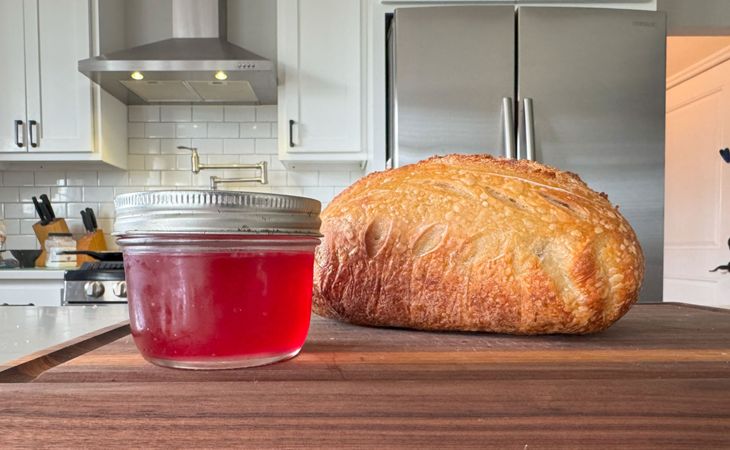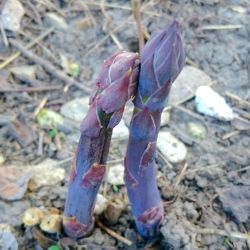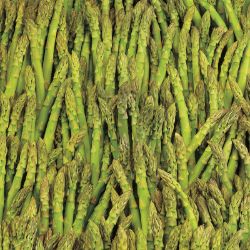Planting Asparagus Plants
Few things are as delicious as homegrown asparagus, and the success of your harvest begins right with the planting site and method. For maximum growth and yields later on, give your plants the best foundation possible.
NOTE: This is part 4 in a series of 11 articles. For a complete background on how to grow asparagus plants, we recommend starting from the beginning.
Before Planting
Before you plant, check your soil pH. Contact your local County Extension Office for information about soil testing in your area, or purchase one of our digital meters for quick and accurate results. Ideally, your asparagus needs a soil pH between 6.5-7.0.
Planting Site
- Asparagus needs plenty of room to grow.
- Pick a sunny location to plant.
- Space plants 12-18 inches apart with rows spaced 5 feet apart. Wide spacing promotes rapid drying of foliage to help prevent the onset of fungal diseases.
- Dig a hole 6 inches deep, or dig a furrow (trench) 6 inches deep and wide enough to accommodate the outspread roots. The trench can be as long as you want.
- In the bottom of the hole or furrow: make a mound about 2 inch high of dehydrated cow manure (or compost mixed with the soil taken from the hole).
- Position the plant with the bud facing upward, on top of the mound, so the crown (center of the plant) is 3 inches below the soil surface.
- Cover the hole or furrow with soil and gently firm the soil to remove any air pockets. Do not compact the soil over the newly filled hole/furrow or the emergence of the asparagus will be severely reduced.
- Water your new plants thoroughly.
- No pruning is necessary at planting time.
Other Considerations
- Weeds can be a major problem for asparagus. On small acreage, light cultivation with a hoe may be used to remove weeds— but avoid a rototillar or any other tillage implement that can damage the crown. These could reduce yields and promote diseases.
- Organic mulches such as grass clippings, wood chips, straw/hay can be applied 4-5 inches thick to suppress weeds.





















